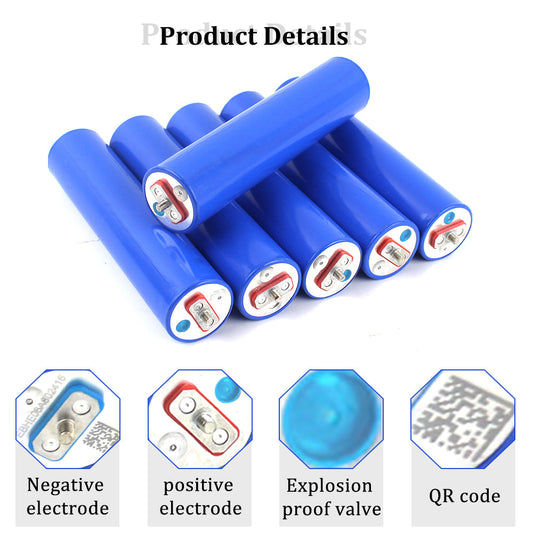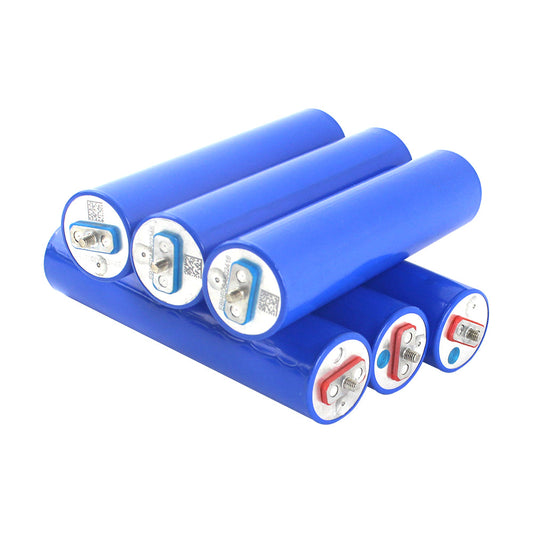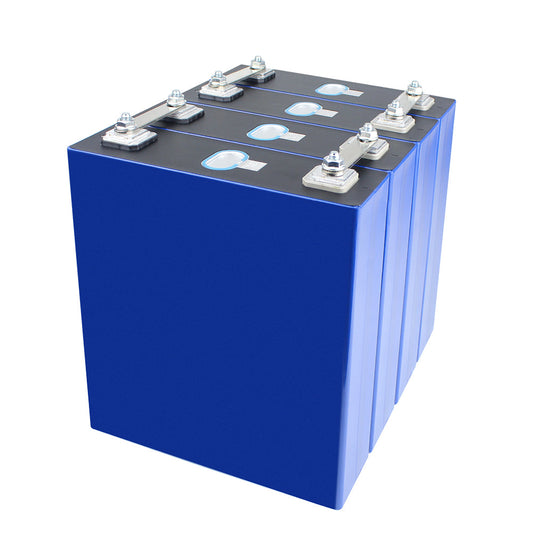
What is Grade A LiFePO4 Battery Cells? How to Distinguish Grade A, B, and C Cells?
What is grade A LiFePO4 battery cells? What are LiFePO4 battery cell grades? How do manufacturers use cell grades in the manufacturing of batteries? How do the different grades affect the quality of a battery?
When the battery cell manufacturers produce the same batch of cells, they will be classified according to the battery’s discharge test performance and divided into four categories ABCD.
Cells are always categorized to be graded A, B, C and D but there is not a single manufacturing standard for categorizing cells; each manufacturing factory may have their own standard so thus cell grade categorization is not necessarily scientific.
What is Grade A LiFePO4 Battery Cells?
Grade A cell is the name of the battery’s high-quality standard. Grade A LiFePO4 battery cells are within the range of technical parameters in all aspects of the parameters, the appearance is intact(no damage), no swelling, amd no abnormal battery can be called grade A. Its battery materials, technology, energy storage, stable charge and discharge, specifications, and constant temperature standards are all industry high-quality standards.
Grade A LiFePO4 battery cell is generally to make the factory using the battery cell directly place an order to the battery cell factory. The battery cell factory arranges production according to the factory’s own production capacity and technical ability. After a series of battery cell manufacturing processes, the final product is delivered to the customer. Before placing an order, the battery production plant generally communicates battery capacity, thickness, length, width and other parameters.
Then the battery made completely according to the standard of the order is called grade A cell.
What is Grade B LiFePO4 Battery Cells?
The efficiency of the grade B cell is 80%~90% of that of the grade A, and its battery materials, technology, energy storage, repeated charge, and discharge, etc. are a little bit different from the grade A cell, especially the defective rate, the defective rate of a cell in the battery pack It will cause the energy storage of the entire battery pack, leading to instability such as charging and discharging.
Any factory produces products, there must be a defect rate. Then this defect rate determines the vitality of a factory. In the lithium battery industry, there will not be a big gap between the first-line lithium battery and the third-line lithium battery factory based on technology, ingredients, etc., but in the production process and manufacturing process, there will be A difference in defect rate is very large. First-tier manufacturers can achieve about 2%, while second-and third-tier manufacturers may achieve 5-10%. It is precisely because of this defective rate that a grade B battery is created.
In fact, there is only a slight gap in the capacity of the grade B battery, or the length and width do not meet the order specifications, but there won’t be much of a drawback in terms of performance, and the price is cheaper than the grade A.
In addition, if a grade A cell is generally placed in a warehouse if it has not been shipped for 3-6 months, it is also called grade B. Of course, this is just a popular saying.
What is Grade C LiFePO4 Battery Cells?
Grade C batteries are below average in every way, which is lower than the standards of Grade A and B cells. The energy storage, stable charging and discharging efficiency, battery materials, technology, and repeated charging, and discharging of Grade C batteries are quite different from those of Grade A batteries.
To be precise, Grade B cells have been stored in the warehouse for more than 8 months. If they are still not shipped, they can be called Grade C. Grade C cells are due to the long storage time and the aging of self-discharge, dust and moisture, so Grade C batteries are most prone to swelling.
How to Distinguish Grade A, Grade B, and Grade C Cells?
The term “Grade A Cells” has been used by hundreds of battery retailers and online stores as a marketing phrase designed to convey a sense of top quality and performance. However, normally there are Grade A, Grade B, and Grade C types of battery cells. A manufacturer will rate the cells they produce so as to categorize the performance differences of ONLY the cells they produce. So one manufacturer’s type of “Grade A” may be equivalent to another manufacturer’s “Grade C” or worse!
The best way to know a cell is Grade A or Grade B is to check if the cell meets the manufacturers’ specifications.






